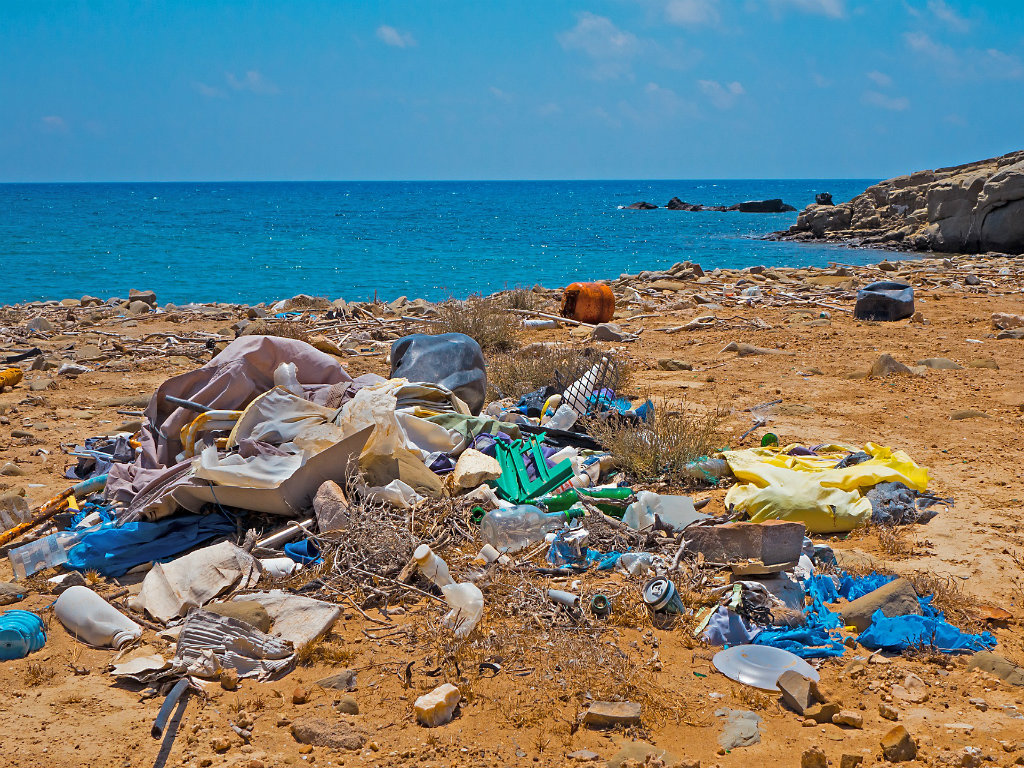Application of circular economy in the world and in Serbia
Source: eKapija
 Thursday, 27.04.2023.
Thursday, 27.04.2023.
 03:03
03:03
 Thursday, 27.04.2023.
Thursday, 27.04.2023.
 03:03
03:03
(Photo: Pixabay)

The implementation of CE is very important for many reasons. First, it contributes to changes in the life cycle (reduced impact on the environment in all phases) and the creation of green (eco-friendly) products. Second, CE is compatible with the concept of energy efficiency and creates a stimulating environment for the use of renewable energy sources (especially biomass). Third, more efficient use of resources will affect the reduction of the water and carbon footprint. Fourth, the emergence of green products contributes to the development of new markets and distribution channels. Fifth, the application of CE encourages employment and the definition of new business models.
On the other hand, there are factors that determine the degree of application of CE in an economy. In the first place, technological innovation is necessary. In this regard, the use of circular products further encourages innovative processes (two-way connection) in enterprises which can ultimately improve micro-competitiveness. Furthermore, the institutional support that is implemented through various projects and investments is of great importance, thereby providing the environment for the expansion of CE. Last, but not least, is the cooperation of companies and relevant stakeholders in all phases of the product life cycle.
There are numerous examples of CE application in the world. One of the most frequently cited is composting, that is, waste management at the household/municipality/region level. In Japan, in order to reduce electronic waste, a large amount of lithium batteries were used to make medals at the last Olympics in Tokyo. Japan is one of the first economies to expand the legal framework with CE regulations.
New innovative material Econyl was created from plastic waste (Photo: Pixabay/adege)

Concrete results in the context of circularity have also been achieved in the cosmetics industry. Leading world brands Kiehls, Drunk elephant and Origins have been making their packaging from recyclable raw materials and materials for some time. Consequently, biodegradable packaging can be used for several cycles, thus reducing plastic waste as well as consumer expenditure for purchasing new products. Progress in the direction of sustainability and circularity has been achieved in the textile industry, which due to the trend of fast fashion is one of the biggest polluters in the world. By collecting and processing plastic waste along the sea and ocean coasts, the innovative material Econyl was created.
Econyl has found great use in the production of the sustainable fashion line H&M Conscious, Join life Zara, as well as in swimwear models of the Italian brand Yamamay. Also, the company H&M promotes the recycling of already worn clothing, by granting discounts to consumers in the next purchase. Recycled materials have found application in high-end brands such as Stella McCartney, but also in young designers such as Slow your design from Vienna. All listed green products must be clearly labeled with the Cradle to Cradle label, which indicates minimal harm to the environment.
In addition, CE is widely used in construction and road infrastructure. Namely, the ash produced by burning coal in thermal power plants can be used as a building material for the construction of highways and regional roads (example: Australia) or smart buildings (example: Dubai). It has been proven that by using ash instead of classic asphalt, sand or crushed stone, significant economic savings as well as a lower carbon footprint are achieved.
It is necessary to work on raising environmental awareness (Photo: Pixabay / Pexels)

Bearing in mind the structure and the way the Serbian economy functions, waste from agricultural production has great potential for biomass production. In order to revive the economy and spread circular solutions after the global pandemic, at the end of 2020 the United Nations Development Program (UNDP), the Ministry of Environmental Protection in cooperation with the Global Environmental Fund (GEF) opened a public call for innovations in the field of CE within the project "Reducing the carbon footprint of local communities by applying the CE principle in the Republic of Serbia".
Two years later (December 2022), nine projects were selected in the final step, which also coincided with the definition of the Action Plan for CE at the national level. The common feature of the selected projects is that they use different waste: from agriculture, paper, textile, hazardous and non-hazardous, which can become an input in the next production cycle through processing. This reduces the emission of gases with the greenhouse effect - GHG, reduces the costs of collection, selection and disposal of waste, but also the costs of purchasing raw materials.
Some of the projects also contain a social component, thus proving the initial premise of sustainable development. In particular, the association "Naša kuća" obtains additives for the manual and semi-automatic production of paper products by recycling empty cigarette packs while at the same time achieving social inclusion in the form of the inclusion of developmentally disabled persons in the production process.
In addition to the necessary state support, education of the population is of great importance for raising environmental awareness, as well as spreading and implementing the concept of circularity. Education can be achieved in different ways, starting from organizing environmental actions, to creative workshops on the topic of environmental protection. One of the workshops on the topic of circular economy is organized once a month at Work Space One in New Belgrade. The next one will take place on Saturday, May 13, feel free to join us.
Dr Olga Gavric
Tags:
Olga Gavric
application of circular economy
green products
Work Space One
environmental consciousness
circular economy workshop
Action Plan for CE
HM Conscious
Join life Zara
Cradle to Cradle
Kiehls
Drunk elephant
Origins
Slow your design
Nasa kuća association
biodegradable packaging
waste management
recycled materials
circular products
resource management
recycling
climate change
sustainable production
plastic waste
composting
carbon footprint
Econyl
special edition newsletter
Green Transition Road to Success
Comments
Your comment
Most Important News
Full information is available only to commercial users-subscribers and it is necessary to log in.
Follow the news, tenders, grants, legal regulations and reports on our portal.
Registracija na eKapiji vam omogućava pristup potpunim informacijama i dnevnom biltenu
Naš dnevni ekonomski bilten će stizati na vašu mejl adresu krajem svakog radnog dana. Bilteni su personalizovani prema interesovanjima svakog korisnika zasebno,
uz konsultacije sa našim ekspertima.


 Izdanje Srbija
Izdanje Srbija Serbische Ausgabe
Serbische Ausgabe Izdanje BiH
Izdanje BiH Izdanje Crna Gora
Izdanje Crna Gora


 News
News






